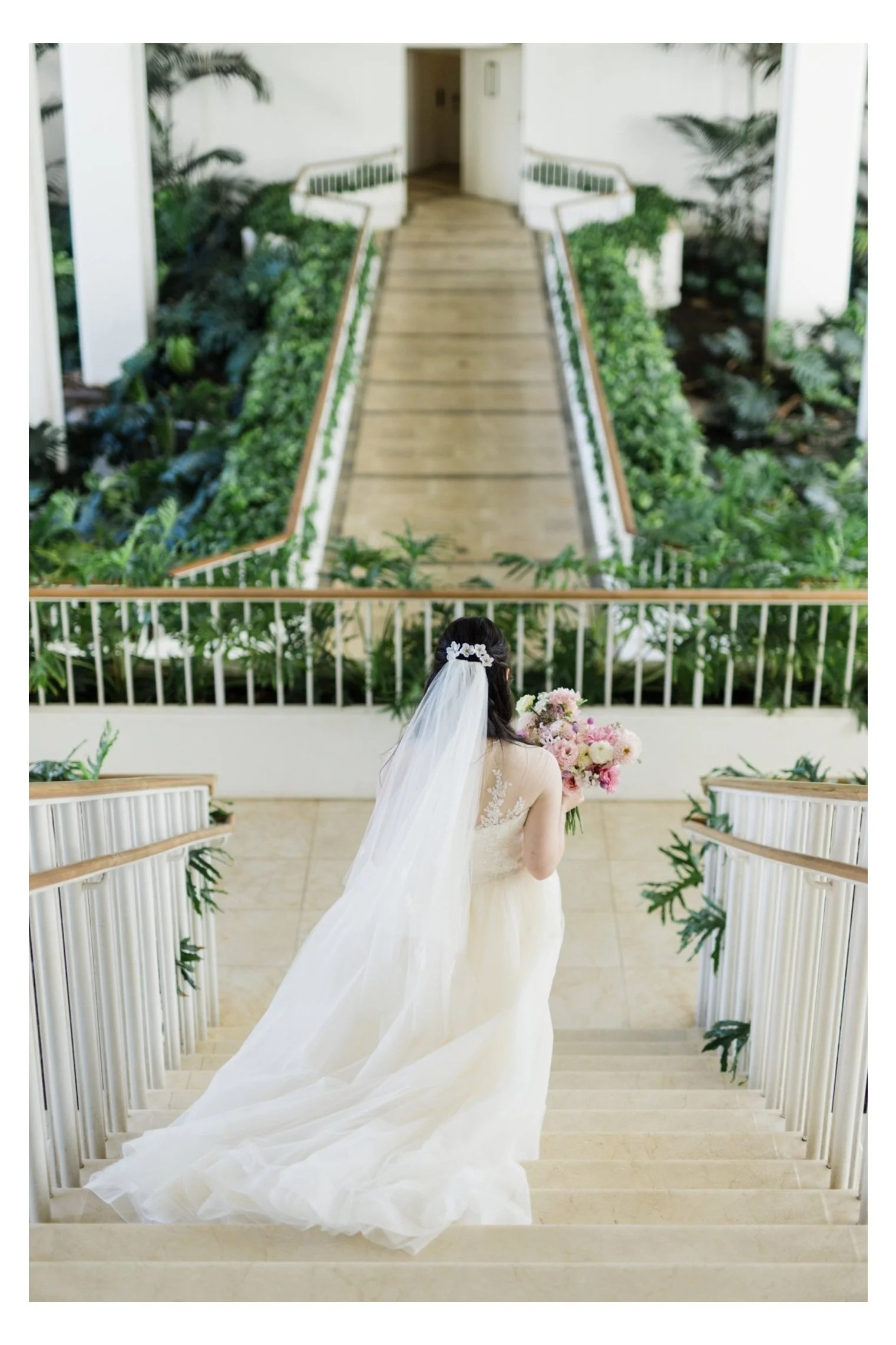Wedding Budget Management: Planning Smart in California
Wedding Budget Management: Planning Smart in California
Planning a wedding in California is an exciting journey, but it’s no secret that the costs can add up quickly. From dreamy venues to gourmet catering, there are countless details to consider. The good news? With a little strategy and prioritization, you can create a stunning wedding that fits your budget. Here’s how to manage your wedding budget smartly in the Golden State.
1. Set Your Total Budget First
Before diving into any planning, decide on the total amount you’re comfortable spending. This will serve as your foundation and help you allocate funds to different aspects of the wedding.
Pro Tip: Be realistic about your finances. Consider your savings, contributions from family, and how much you’re willing to spend without going into debt.
2. Prioritize What Matters Most
Every couple has different priorities. Is it the venue, food, or photography? Decide what’s non-negotiable for you and allocate a larger portion of your budget there.
Example: If you’ve always dreamed of a vineyard wedding, prioritize the venue and find ways to save on decor.
3. Research California Wedding Costs
California weddings often come with a premium price tag, especially in high-demand areas like Napa Valley, Los Angeles, and Santa Barbara. Research average costs for venues, catering, and other essentials in your chosen region.
Quick Insight: The average cost of a California wedding ranges from $30,000 to $40,000, depending on location and guest count.
4. Keep the Guest List Manageable
Your guest count significantly impacts your budget, influencing costs for catering, rentals, and favors. A smaller guest list allows you to focus on quality over quantity.
Pro Tip: Consider an intimate wedding with close family and friends to create a more personal and budget-friendly celebration.
5. Choose the Right Venue
Venues often take up a significant portion of your budget. To save, consider off-peak dates or weekdays, which are typically more affordable.
Affordable Options: Public parks, local community centers, or Airbnbs with outdoor spaces can offer beautiful settings without the hefty price tag.
6. DIY Where It Makes Sense
Do-it-yourself projects can add a personal touch and help reduce costs. Focus on simple and impactful DIY elements, like table centerpieces or signage.
Caution: Avoid taking on too many projects—the last thing you want is unnecessary stress before your big day.
7. Work with Vendors Wisely
When selecting vendors, don’t be afraid to negotiate or ask for package deals. Many vendors are willing to customize their offerings to meet your budget.
Pro Tip: Hiring a wedding planner can actually save you money by leveraging their connections and expertise.
8. Be Strategic with Food and Drinks
Catering is often one of the most expensive aspects of a wedding. Opt for buffet-style meals or brunch weddings to reduce costs. Limiting the bar to beer, wine, and a signature cocktail can also cut expenses.
Bonus: Partner with local food trucks for a unique and cost-effective catering option.
9. Don’t Forget Hidden Costs
Budget for extras like taxes, service fees, tips, and overtime charges. These can add up and catch you off guard if not accounted for early.
Quick Tip: Create a detailed spreadsheet to track every expense.
10. Stay Flexible and Creative
Flexibility is key to managing your wedding budget. Consider alternatives that still align with your vision, such as opting for in-season flowers or digital invitations instead of printed ones.
Final Thoughts Planning a wedding on a budget doesn’t mean compromising on your dream. By setting clear priorities, staying organized, and thinking creatively, you can craft a beautiful celebration that reflects your love story without breaking the bank. Remember, the most important part of your wedding isn’t the venue or decor—it’s the joy of beginning your new life together.

